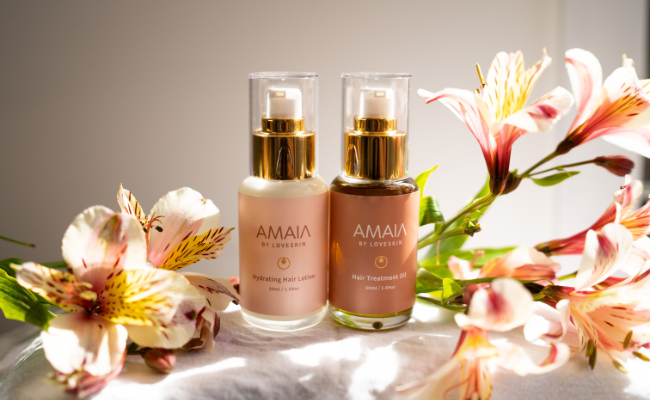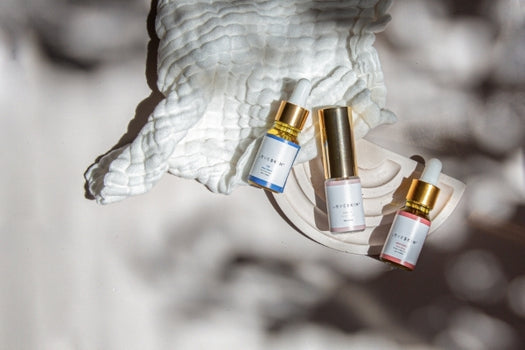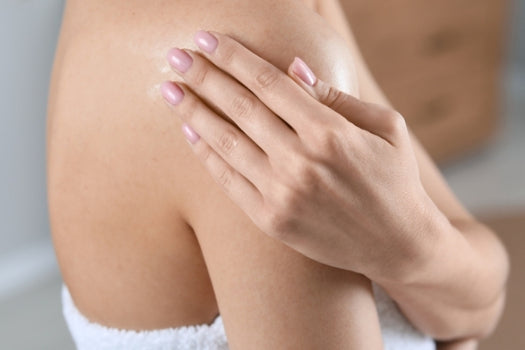If Your Skincare Hurts, It's Hurting Your Skin
A couple of years ago I had someone comment the following on one of my posts about my products: No active ingredients no thank you.
And I thought “talk about missing the point”.
What are Actives? Active ingredients have supposedly been scientifically formulated to target specific concerns like fine lines, wrinkles and premature ageing.
The term active is a marketing term created to differentiate ingredients chosen to address a specific skincare concern, from the other ingredients that are included in the product to make the active ingredient benign enough to use on your skin.
In other words a product containing 100% active ingredients would be too harsh and too aggressive for any skin, sending it into an inflamed and damaged state. Formulators weaken the intensity of the product by including other inert ingredients, to make it tolerable to apply to the skin.
However the marketing hype would have you believe that the greater the % of actives in a product and the stronger the tingling sensation when you apply them, therefore more the product is “working”.
Quite the contrary! The tingling is a biological response which indicates that the skin is in a state of inflammation and therefore working hard to repair damage being created by the application of the product, the exact opposite of what you want. Most often this is an indication that your skin barrier is damaged and you need to switch your focus to repairing that before you can launch into using strong active in your skincare, more on that in a minute.
Just a side note, your skin should always feel cool to the touch. Warm skin is inflamed skin, it’s fighting an infection, a product that’s too harsh or having an allergic reaction, either from an internal or an external stimuli.
The most anti-ageing thing you can EVER do for your skin, no matter the stage of ageing you're in, is maintain a healthy, robust, strong skin barrier.
According to a study published by British Journal of Dermatology, experts found that women with well-hydrated faces develop persistent wrinkles 30% more slowly than those with dry skin.
And how does this relate to the skin barrier? Unless you have a healthy barrier your skin is unable to retain moisture and therefore likely to develop fine lines and wrinkles more easily. A beauty therapist who endorses and loves LoveSkin because of it's ability to heal the skin's barrier estimates that 90% of the women who come through her clinic have a damaged barrier.
And we see this every day with our products. Customers are delighted by how youthful and glowing the skin looks after years of utilising conventional skincare products. The sad fact is most women they’ve never known their skin when it’s truly healthy. The minute they started to break out as a teenager they launch into using cleanser and exfoliators which have interrupted and damaged the health of the skin.
So reframe your thinking. Anytime your skin feels warm or tingly after applying a product don’t be tempted to fight through, stop applying the product and consider the overall health of your skin. You may need to revisit the health of your skin barrier or it may be that that particular product just isn’t right for your skin.



